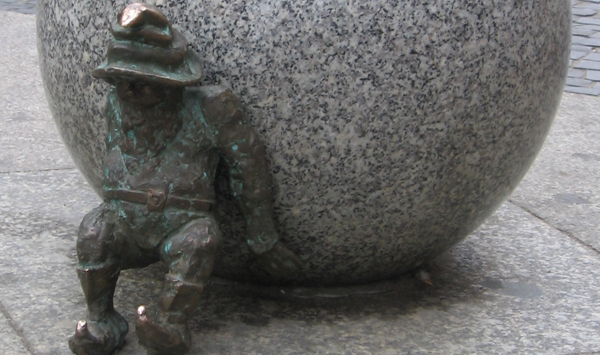
If you are interested in sharks, and spend any time on social media, you have probably run across David Shiffman. Shiffman, a Liber Ero Postdoctoral Research Fellow at Simon Fraser University, has drawn thousands of followers on Twitter and Facebook by sharing facts (and correcting misconceptions) about sharks and other marine species.
But while his social media feeds can be entertaining, they are not simply a collection of amusing facts. Through social media, blogging, and freelance writing, Shiffman has been able to share information (and his own research) with a large audience – and to place that information in the proper context.
We recently had the opportunity to pick his brain about science communication, how he got started, and how social media can benefit the research community. Continue reading “Outreach Is a Skill: a Q&A with David “WhySharksMatter” Shiffman”










